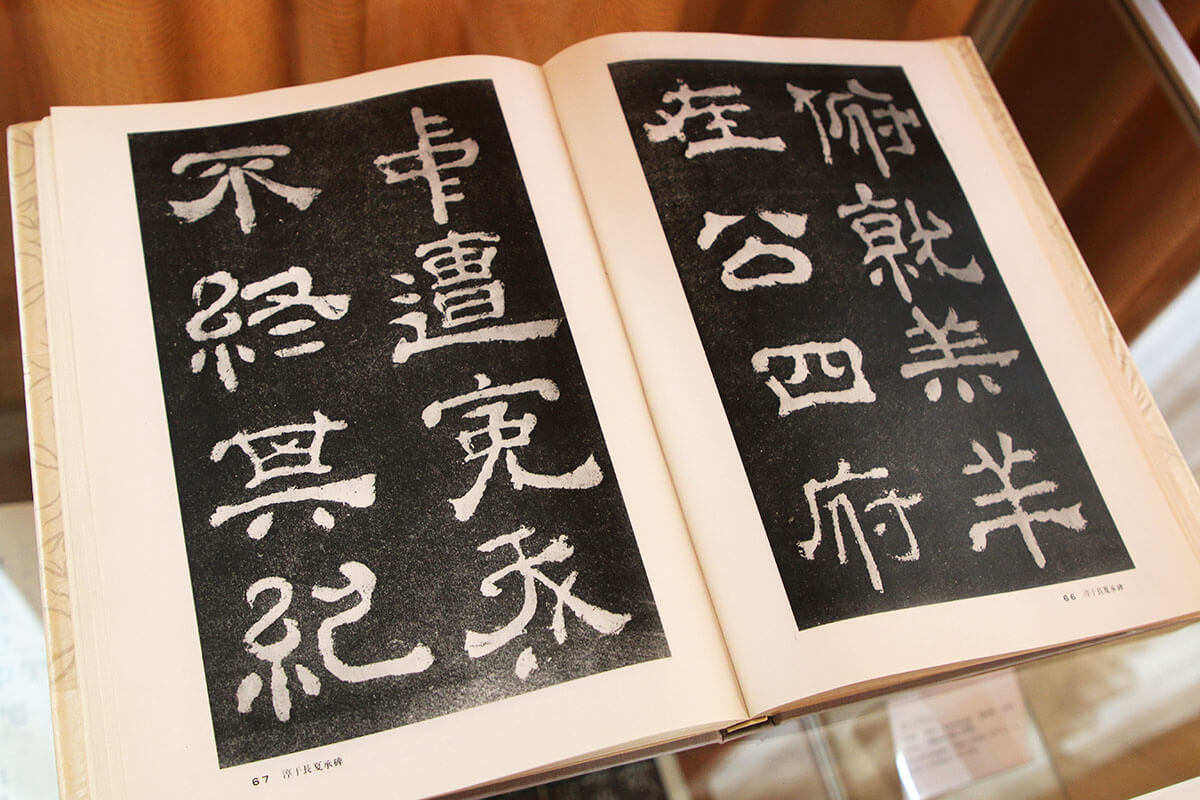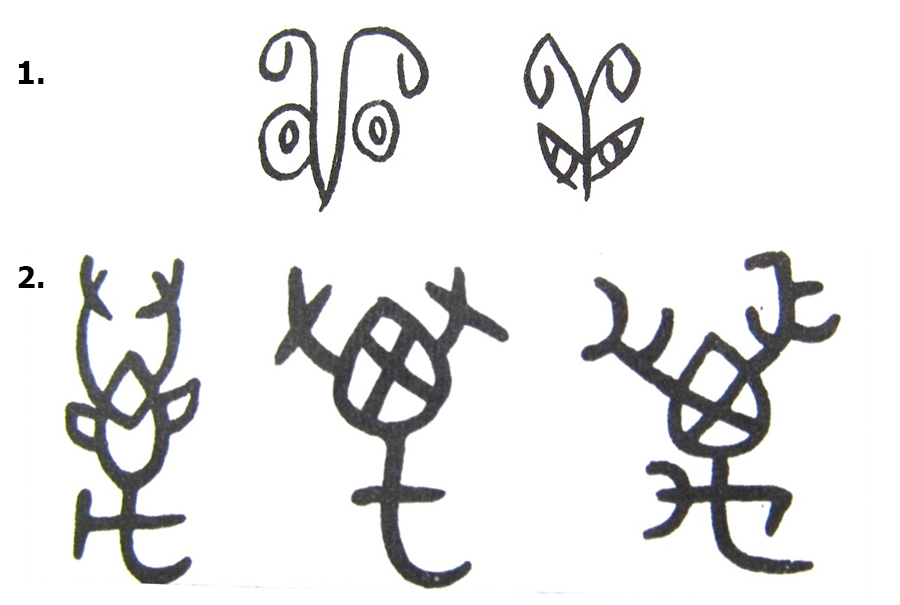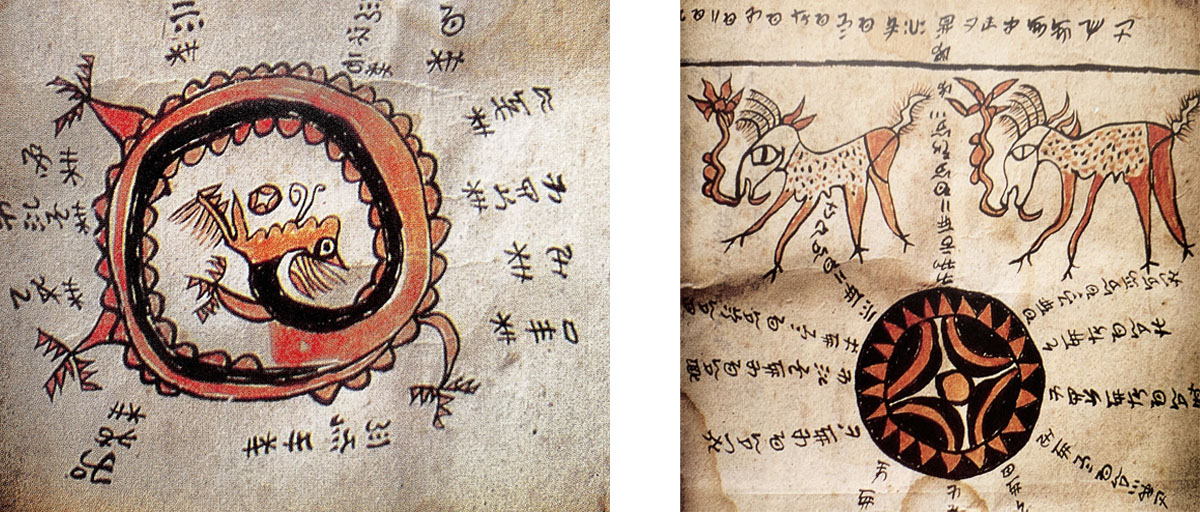The History of Chinese Writing in the Far East
Location: Russian State Library, Centre of Oriental Literature, Exhibition Hall
Time: 8—17 October 2019
Entrance: free with a reader pass
On 8–17 October, the Centre of Oriental Literature of the Russian State Library displayed books and illustrations from the Centre’s collection as part of the exhibition The History of Chinese Writing in the Far East, which traced the development of Chinese characters.

Complete collection of monuments of the logographic writing system. Vol. 2. 1956. Characters in the clerical script, or lìshū. Stele stamping, the Han dynasty (206 BC—220 AD). Photo: Maria Govtvan, RSL
What were Chinese characters like three thousand years ago?
Pictographs, the oldest written symbols, can be «read» in any language. For example, the characters of «ram» on the
The exhibition The History of Chinese Writing in the Far East explains how the characters are structured and traces the shifts in styles — from carefully drawn pictographs on

1. «Ram» pictograph (inscription on
Chinese writing spread to Korea, Japan, and Vietnam. Its further development went in different directions in each country.
In Vietnam, Chinese characters received different pronunciations, while new characters were created following the Chinese style.
In Japan, two alphabet systems were gradually formed, and the way the characters were read got more complicated.
In Korea, in the 15th century, a separate alphabet was created that for centuries coexisted with Chinese writing.
The exhibition at the Centre of Oriental Literature presented books in Tangut, Khitan, and Jurchen scripts. These writing systems were created in the 11th — 12th centuries. Many of the characters of these scripts are yet to be decoded.
A special section of the exhibition was dedicated to the writing of Southern China — Yi (Lolo) and Shui.
The exposition concluded with books written in the «Zhuyin Zimu» system developed at the beginning of the 20th century.
The curator of the exhibition is Olga Izhbulatova, the chief librarian of the Centre’s Acquisition, Processing and Scientific study sector.

Traditional drawings of the Yi people. Album. Guiyang, 2014.



